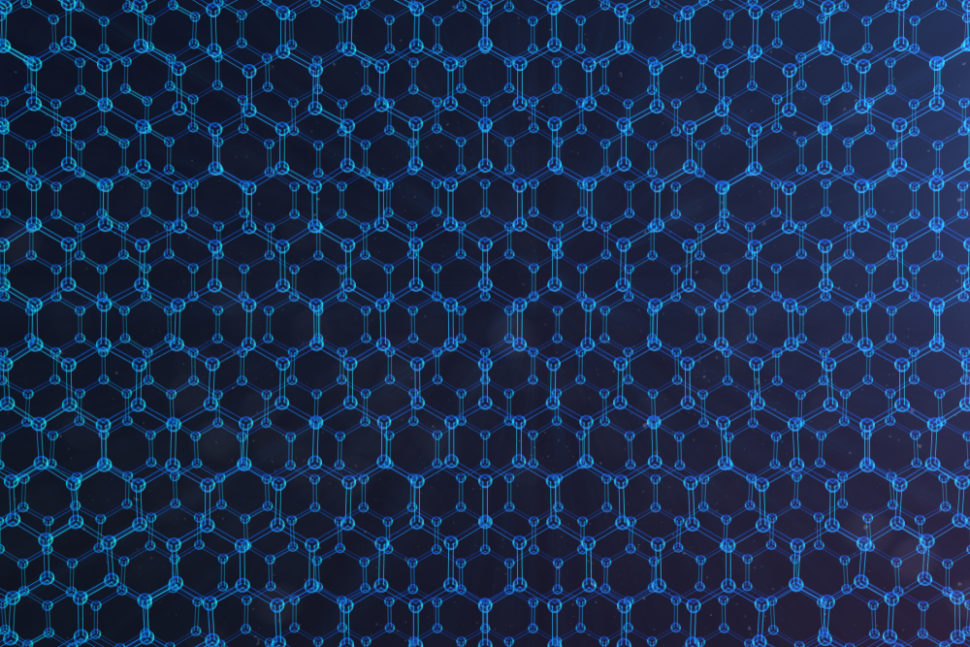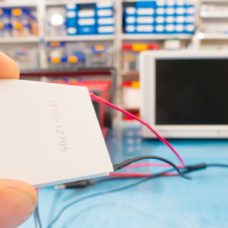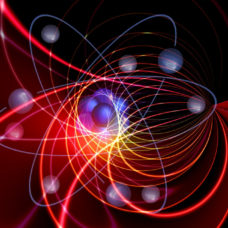Material scientists have created a new 2D material that can perform both as a topological insulator or a superconductor.
Topological insulators and superconductors are two different states of matter, or quantum materials, each with its own properties and applications.
Discovered in 2005, topological insulators are electrical insulators on the inside and conductors on the surface.
Superconductors conduct electrical charge with zero resistance which sets them apart from traditional conductors.
Now, an MIT-led research group has combined the two.
Read More: New Type of Superconductivity Phenomenon Discovered
Two in One 2D Material
Topological insulators and superconductors are two-dimensional materials with many applications in advanced fields like quantum computing and spintronics.
Combining the two in one material is what a team of material scientists has been working on, and they made it happen.
Researchers from five international institutions, led by MIT, have created the first of its kind 2D material that acts as both topological insulator and superconductor.
“This is the first time that the exact same material can be tuned either to a topological insulator or to a superconductor,” said MIT’s Pablo Jarillo-Herrero. “We can do this by regular electric field effect using regular, standard dielectrics, so basically the same type of technology you use in standard semiconductor electronics.”
To create their new transistor, researchers placed a 2-D material called tungsten ditelluride (WTe2) between two layers of boron nitride. This is a material that conducts electrons “only along its edges, making it a topological insulator, and one that conducts current with no resistance, making it a superconductor.”
Read More: 2D Material Energy Storage set to Become Commercially Viable
Superconductor-insulator transistors show another way how 2-D materials, or semimetals, like tungsten ditelluride, can reshape conventional electronics.
According to the paper, the new 2D tungsten ditelluride-based transistor provides “a material platform for engineering nanodevices that combine superconducting and topological phases of matter.”
Although these superconductor/insulator switches can be created using standard semiconductor fabrication techniques, there’s a literally cold hurdle that will prevent them from finding any large-scale industrial application.
For the superconductor-insulator phase transition to occur in this new transistor, researchers have to chill tungsten ditelluride to temperatures less than 1 Kelvin, which is as close as it can get to absolute zero.
One of the major barriers holding quantum computers from taking off is the need to keep them constantly within low-temperature environments.













Comments (0)
Most Recent